This post is for all visitors and was inspired by my students. They often tell me they find it hard to get reliable information on the most interesting places to see here. This sounds a bit unlikely at first? With Ireland’s long-established tourism, you’d imagine we’re bursting at the seams with reliable, objective lists and maps, of things to do and places to visit, no?
Unfortunately, some promotional literature aimed at visitors is commercial; advertising in effect, often single-focus too, as it tries to get people into (often paying-into) one particular sight. The “Shout-Loudest” principal must also explain why, for many years here recently, the number-one visitor attraction in terms of numbers, has been the Guinness Storehouse. (!)
I’ve nothing in particular against the Storehouse. It’s in an absolutely fabulous building, (pictured above) and in fairness contains a few good nuggets: of graphic design for example (via the history of Guinness advertising, which was of an exceptional standard) Or of Industrial History; and indeed of the social history of this city too. In that context, it’s well-designed, reasonably interesting, and perfectly valid fare for a couple of hours light entertainment.
But is it really, really, the number-one interesting place to visit in Dublin? Not for lovers of architecture and of history, I’d submit, not when there are far better city sights. Obviously any such list is subjective. But here we go anyhow. Here’s my list of personal favourites, from the iconic, to the obscure..
Christ Church Cathedral and Saint Patrick’s Cathedral are, jointly probably the best places to learn about Irish history. The medieval Christ Church was founded first, around 1028. Saint Patrick’s followed, according to interpretation of history and various charters, around 1190-1215. Christ Church cathedral should have been “enough” but, for political reasons too complex to narrate here, St Patrick followed less than one hundred years later and scarcely half a kilometer part. (You can find the long, full, convoluted story, in the Origins of St Patrick’s post, elsewhere in this blog) This change of course gave Dublin two cathedrals, a unique and unprecedented development for any city in the world. Both Cathedrals were heavily restored in the 19th century but both still remain full of ancient historic sights and treasures. To summarize these highlights briefly….
Christ Church has many wonderful details, including a tomb purporting to be that of Strongbow, the Norman baron who conquered Dublin from the Norse-Irish inhabitants and ushered in the Anglo-Norman conquest (and thus 800 hundreds years of British rule in Ireland.) The highlight of Christ Church cathedral however are probably the enormous crypts. Look out there for the life-sized statues of two Stuart Kings, (generally reckoned to be Charles II & James II) and the famous, mummified “the Cat and the Mouse”- two animals, caught, suspended in space by a freak accident a long ago, and now frozen in time.
above: model of Christ Church.
Saint Patrick’s Cathedral by contrast, has no crypts (the ground here is too marshy) But it has stood since the 12th century and is a treasure trove of wonderful tombs and memorial sculpture. Look out for Dean Swift, author of Gulliver’s Travels; the tomb of the Duke of Schomberg, a Dutch field marshal who fought for William III I in the wars mentioned previously above in the House of Lords. If you come early you can explore the cathedral fully. If you are here later, then hang around for evensong at 5.30 when the choir sings from the lovely old wooden choir stalls most evenings, under the fabulously romantic banners and coats of arms. If you would like to do a history tur of the cathedral, using the artefacts as a way of examining Irish history, you could consider coming on one of my new tours. If you are interested, please see http://dublindecoded.com/how-to-read-a-cathedral/
One last, last, final, note. Students and overseas visitors are often dismayed that many older historic churches and cathedrals here in Dublin charge admission fees. I can understand that. Nothing so (seemingly) vulgar happens in France or Italy, for example.
However, please bear in mind that old churches in Dublin are mostly Anglican since the Reformation of Henry VIII and Elizabeth I. (All churches were Catholic churches prior to the Reformation, obviously) There are today very few Anglican worshippers left, to maintain these churches. Plus they also get no financial help from Government or state. Now does the admission charge make sense? You can console yourself with the thought that, although the churches and cathedrals here do charge; our wonderful museums do not. They’re completely free. (Unlike museums in say France or Italy, which charge hefty admission fees.) So your outlay will all balance out in the end! (Plus your ticket money will save historic churches.)
The Old Parliament on College Green Just outside the Front Gate of Trinity on College Green, this spectacular 18th century Neo-Classical building with its wonderful colonnade, is now a bank but (until the Act of Union in 1801) was the Irish Parliament, complete with House of Commons and House of Lords. A huge favourite of mine especially on 18th century themed walking tours. Unmissable, in my book.
The former chamber is now gone but you can still see the House of Lords (open until around 3.30 or 4pm each day). Visit and look for the enormous, obnoxiously triumphalist Boyne and Derry Tapestries. (You can hardly miss them.) They relate 2 scenes from the late 17th century Williamite war, the war that ended hopes for the Stuart dynasty and which sealed Protestant supremacy in Ireland for the next 120 years. The building as a whole was designed by a succession of superb architects, including Edward Lovittt Pearse, and the incomparable James Gandon. It is also reckoned to be one of the largest buildings anywhere without windows. All the interior illumination comes from the skylights above, well out of sight from street level, leaving the façade free for a procession of blind arches and that massive sweep of colonnades.
Saint Audoen’s Church A modest-looking little church but very ancient, and full of lovely low-key details. In fact, Saint Audoen’s is the oldest continuously-operating parish church in Dublin. There was an old Celtic-era church here from the 7th century, then the current, Anglo-Norman foundation from 1190. (Ouen was a bishop and Saint from Normandy. See my post about this place under “the Portlester Memorial” in archives or “top posts”) As I say, this looks a modest place, but it is not to be missed by any fan of medieval history. It has aa ruined chapel, the Portlester memorial and other gorgeous commemorative sculpture. Best of all perhaps, it also boasts a fine, small but informative museum of the medieval city, very modest and un-flashy and low-key, yet still far preferable, in my humble view to the, admittedly- educational but slightly cack-handed “Dublinia” experience, also available nearby. Both the church and museum are free of charge.
commemorative sculpture, Saint Audoen’s church. photo credit Con O’Donneghue.
the Portlester memorial, Saint Audoen’s church. photo credit Con O’Donneghue.
If the two cathedrals, and St Audoen’s Church are the best places to learn about Irish and Dublin History from the medieval & renaissance times to the 17th century, then our next few proposed visits are the best to take up the Irish story a bit later, from the 18th century to Irish independence in the early 20th century.
Kilmanham Gaol. Almost every Irish political leader, rebel and patriot, from 1789 through to closure after1922 was imprisoned here, from Woolf Tone; Robert Emmet, Daniel O’Connell; Charles Stuart Parnell; to Patrick Pearse; James Connelly and Eamonn de Valera. For Irish people that is almost the entire pantheon of hers. Many of them were executed here also. You cannot wander around this shrine to Irish nationhood but must take a tour, but that is no hardship as the tours and guides are excellent, highly informative, with stories tragic and entertaining by turn. Kilmanham is an absolute “must-do”- for anyone with even a scintilla of interest in Irish history. For the architecturally or design minded, on the second half of your tour you can also see one of the world’s best examples of a “Panoptigon”- a built architectural expression on the concept of an all-seeing eye: an ideal building for prison guards!
above: the later, 19th century, part of Kilmanham Gaol, with the distinctive Panoptigon. Photograph by Lisa Hafey (all rights reserved).
Kilmanham Hospital- IMMA: Formerly a military hospital – modeled on Les Invalides of Paris- for retired and injured Irish soldiers, this complex of buildings boasts a large central quadrangle and spectacular Baroque chapel. It is now the Irish Museum of Modern Art, IMMA for short. Obviously this trip is a natural morning/afternoon combination with Kilmaham Gaol nearby. If you are seeking lunch in the interval, the food in the IMMA café is probably better than anywhere else locally. There are both permanent and temporary/rotating exhibitions of 20th century and contemporary art on display. Don’t forget to visit the lovely formal gardens, sunken between its old stone walls, and laid out in the manner of the 17th century Enlightenment garden, all lined with neat box hedges. It is a delight.
Glasnevin Cemetery (picture below) Once again, a terrific place to learn history. Unusually, this is also one of the few places that I’d wholeheartedly recommend taking the guided tour; they are generally excellent in quality and you’ll hear stories on every aspect of the cemetery from grave robbers and cholera epidemics, to rebels and revolutions. Many of the great Irish leaders mentioned above are interred here. Daniel O’Connell’s monument is the most spectacular of all. (See my post on him, and it, in “archives” if you wish). Again, you really should avail of the tour on offer, there are literally dozens of wonderful stories to hear.
St Michan’s Church: Small and unspectacular to look at but stuffed with secrets. An old organ that may have been used by Handle himself, the coffin of a notorious “Bad Earl”, the remains of the doomed and betrayed 1798 United Irishmen revolutionaries John and Edward Sheares. Oh, and mummies. Yes, mummies, like in Egypt. Mummified bodies, miraculously preserved here in the crypts. What more could you possibly want?
The National Museum: (archeology.) Kildare St. D2. Many great things to see: including treasures of Irelands Bronze Age; precious Gold relics; a head with three faces, or the Gigantic dug out canoe! But make sure you don’t miss the sinister, but incredible “bog bodies” the dead, corpses of murdered or ritually killed men, possibly local chieftains or kings, all preserved in the low level acid of Irish bogs.
The National Gallery (Art) Merion Square and current entrance on Clare St. both D2. Unfortunately 8o% of the gallery is undergoing restoration at present and so most of it is closed up for building work. But even in the few rooms still open you can view wonderful paintings by Vermeer, Picasso, Caravaggio, and other masters. My own personal favorite are the two companion paintings of a man and woman, respectively writing and reading a letter, by the 17th century Dutch virtuoso Gabriel Metsu.
Incidentally, it is a source of endless sadness to me that the average amount of time spent in front of a painting in major museums (including the Uffizi and the Louvre) is now between 6 and 8 seconds. Additionally, many visitors seek the security of reading the little information notices beside the pictures, instead of attempting to “read” the paintings themselves. So, I decided to do something about it. I now run about 3 or 4 workshops a month, generally 2 on a Tuesday or Wednesday afternoon, and a further 2 on Thursday evenings, (6-8pm) which provide an introduction on How to Read a Painting. We look at symbols, both religious and classical, including the identifying “attributes” of saints, and the use of everything from light to landscape to gesture, in the construction of meaning in historic paintings. If you are interested, please see How to Read a Painting in the National Gallery, Dublin for more information and for schedules. If you wish you can even book this tour to learn about paintings and symbolism in the NGI, on your own tour with me. the NGI also regularly hold their own, often excellent talks and tours, some of which are even free. See their website for in-house events
above: painting by Vermeer, National Gallery of Ireland.
Natural History Museum. Merion Square. (Animals, Birds and other natural specimens, pictured below) This -famously- is something of a museum “that should be in a museum”. In other words, a museum largely untouched by audio-vissual touch screen displays and other bits of modern nonsense and clutter. It is thus delightfully old-fashioned Victorian, in both style and in spirit. See my post on The Natural History Museum Dublin, Dead Zoo for more information and pictures, to give a taste of this melancholy yet magical place
Or, if you want something special, see instead my little tale of how one of the quieter highlights of the Natural History Museum Dublin, the wonderful Barrington Bird Collection, was researched & assembled by the 19th century Irish Naturalist, JM Barrington.
National Library: Kildare St. D2. Its almost worth doing some research so you can apply for a readers ticket, so you can sit in the huge reading room, with the smell of old wood and leather books.
The National Museum: at Collins barracks. (D7- northwest city centre, on the Luas Line) This is an annex of the old national Museum on Kildare St. but at Collins Barracks all the emphasis is on applied art and design like clocks, silver, costume, textiles, furniture and so on. It’s well worth a visit to experience the building alone, with its huge marching ground, this was once the biggest purpose built army barrack in the world.
But the exhibits and exhibitions at Collins Barracks are also great. There is more than one museum here in fact. So if you really look around, you’ll find there’s something for everyone. See just below…
The Military Museum. at Collins barracks. The story of Ireland’s soldiers, at home and abroad.
The Asgard: at Collins Barracks. A famous ship in Irelands history, used by a famous novelist to smuggle in guns for the nationalist movement and 1916 Easter Rising. Also just a beautiful ship with a fascinating history, the room has many good and informative displays.
Back in the city centre….
Trinity College- an oasis of colligate calm right in the heart of Dublin’s busy city centre, studded with fabulous architecture. There are fine old Universities or beautiful old colleges all on one campus in small towns,; and there are Universities, with beautiful old colleges dispersed around lovely towns and cities (like Oxford and Cambridge) but as a friend of mine noticed once, Trinity is unique: an old university, all on one campus and yet right in the middle of a capital city. This gives it a very special character indeed.
The University was built on an old Priory, (dissolved by Henry VII) founded in 1594, in the last years of the Reformation-era of Henry’s daughter Elizabeth I. She founded it as an instrument of Anglo-Irish policy, with the express aim of preventing Irish students seeking education in Catholic Spain or France, and thus, of saving their souls for the Reformation and their loyalties for the English crown. The bitter polarization of the following (17th) century ensured this did not happen; instead Trinity effectively became the University for the Anglo-Irish protestant settler class. Even when I was a child, 55-70 years after independence, it was still perceived as a “Protestant University”! – a perception now of distant memory only. Although the University dates from 1594, most of the wonderful architecture you will see comes from the 18th century onwards. Notably….
Front Square with its fine flanking Buildings (the Chapel and Exam Hall) both by William Chambers (the architect of Buckingham Palace and Summerset House in London, as well as Dublin’s own Charlemont House and Casino at Marino.
The Dining Halls date from the same period. Don’t tell them I sent you, but be bold: try to try to sneak in here, to see this large, very grand, wood-lined, Harry Potter style dining room, hung with portraits of former Provosts (University Chancellors) and a few kings as well, notably George III and George IV. (Sure what could be more “Georgian” than that?)
The Long Room/Old Library. Originally built in the 18th century by Thomas Burgh, who had already made a very splendid building, but then substantially remodeled in the mid-19th century by other designers, two geniuses called Deane & Woodward. Their enormous, barrel- vaulted wooden ceiling has to be seen to be believed: one of the most beautiful rooms in Europe, perhaps the world- a fantasy space, stuffed full of ancient leather bound books. In the immortal words of one contemporary, viewing the alterations of the two great architects,- “what once had merely been superb, now became sublime.”
Unmissable.
The Museum Building My other, personal, favourite in Trinity College, this home of the college’s small museum collection, (which were once far more substantial.) This building also houses parts of the Geography, Geology and Engineering departments. (My father was once an undergraduate here) But the real treasure is the building itself, again by Deane and Woodward, and often thought to be their masterpiece. This is a stunning example of Victorian Venetian-style Gothic-Revival architecture, with additional flavours of Moorish, Byzantine and other Eastern influences. Look out for the ceramic tiles surrounding the glass skylights; the extraordinary Wagnerian staircase in Green Connemara marble; and the two fossilized Giant Irish Elk flanking and guarding the doorway. If you visit with young people, you should get them to “hunt-out” the carved birds and animals on the stone exterior too.
Also to see in Trinity, two modern classics. Paul Korelec’s Berkley Library. Not everyone likes Brutalism (architecture) including a few people who are hazy about what it means, but this is superb example of the idiom.
The Samuel Beckett theatre is a modern building, in the style of an old Tudor or Jacobean playhouse of Shakespeare’s time. Named for Trinity Graduate (and one-time unenthusiastic lecturer here), Nobel-laureate Samuel Beckett; author of Endgame and Waiting for Godot.
above: revelers & performers at Dublin Castle, last Hallo’ween.
Dublin Castle. The paying-in bits of the castle- called “the State Rooms “or “State Apartments”- are a bit of waste of time I think. (And of money obviously) The best parts of Dublin castle are all free, including the small but beautiful Chapel Royal, (the private chapel of the King when he was in Ireland) the wonderful Chester Beatty Library which is a collection of eastern & oriental art and manuscripts and, just outside the Chester Beatty, the small park or circular lawn that gives Dublin its name, former site of the old Dubh Linn, once a black lake that lay here. This lawn is great to laze around on, our occasional sunny days. (whenever they arrive!)
Other great Dublin sights, “in brief”.
Georgian Dublin: a selection.
Gandon’s Four Courts, on north side of the quays. Not generally open to the public, for obvious reasons, but the exterior view of dome and façade alone are worth an outside visit.
Gandon’s King’s Inns. can be approached from Henrietta Street, or for the full spectacle of his stunning façade, from Constitution Hill. The park here is also great on sunny days. Look out for an old park bench, devoured by a tree!
Also, when you are at the Kings Inn’s if you like 19th century architecture, you should walk acorss the road to view the amazing façade of the old derelict Broadstone railway station.
Gandon’s Customs House (see my archives, under the title “Power, Beauty and Intrigue)
The Casio at Marino by another genius of the age (and Gandon’s mentor) William Chambers. This “miniature” pleasure palace, built for James Caufield, earl of Charlemont, is a miracle of delightful deception and one of the finest neo-Classical buildings in Europe. A masterpiece, pure and simple.
Interior of the Casino at Marino. photo credit Con O’Donneghue.
The GPO. Otherwise known as the General Post office, although no Dubliner would ever call it that. (Any more than we’d put black current in our Guinness, t’is sacrilege) You can hardly miss the huge columns on O’Connell’s Street, of this fine building with a much storied history, the main site of the Easter 1916 Rising and a shrine for Irish nationalists.
Dublin’s Streets and Squares. Merion and Fitzwilliam Square on the Southside, Parnell and Mountjoy Square on the North side.
Victoriana: a selection: –
The Museum Building in Trinity. (See main section on Trinity College, in this post)
The Fruit and Vegetable markets. Don’t miss the lovely 19th century exterior decorative artwork: (below) terracotta reliefs, portraying the produce on sale inside.
The University Church. Barely visible behind its tiny, red-brick entrance on Saint Stephens Green (South) this under-appreciated masterpiece, and a wonderful 19th century fusion of Byzantine, Lombard, Venetian and other elements, stunningly combined.
Iveagh Gardens. Less used than St Stephen’s Green: more peaceful and magical. Battered old stone statues, a small maze, sundials and peaceful seclusion all await you.
Blessington Bassin: this little hidden away canal basin water reservoir is like a small lake, with ducks and geese swimming by. It’s one of the few peaceful places in the North east quadrant of the North(east) city centre. (The northwest city of course has Phoenix Park)
One more, other great way to explore and really understand the city: – Read, find or download, “the History of Ireland in One hundred Objects”. The title is self-explanatory, This is a list of Irelands best, and most historically revealing artifacts, and where to find them. This was a newspaper series, is now a book. But you can also find and pick up the same list as an illustrated map in some museums. For those with smart-phones, it’s even available as a free Ap too. More than half the objects on the list are right here, in Dublin. So find the map, or download the free Ap, and get cracking!
You can use the other posts in this blog as a supplementary source of information, or if you want additional, further suggestions of places or artifacts, or rad the articles for historical, background context.
Good luck, and enjoy it all. Explore and enjoy Dublin! If you would like to book or simply join one of our unique, sociable and highly informative tours, go to Dublin Decoded to see the tour menu and then hit an individual “tile:” to see more information on individual tours and tour dates.
Remember if you wish, you can even simply book your own tour, (any of the Dublin Decoded tours). All you do is drop is an email with your preferred dates, and choice of tours to dublindecoded@gmail.com
(If you are able to include your preferred choice of dates and tour in the subject header, that’s even better and always greatly appreciated. 🙂
If you’re solo, and/or you’d just like to recieve advance notice of scheduled tours, to which of course all and everyone is welcome, the best strategy is to Like and follow the Dublin Decoded Facebook page , follow “Arran Dublin Decode” on Twitter, or best of all (honestly) just do the quick and very easy subscribe, to this free monthly newsletter, where we announce all our upcoming walks and events at the start of each month.
Hope to see you on tour sometime, and either way, enjoy Dublin!

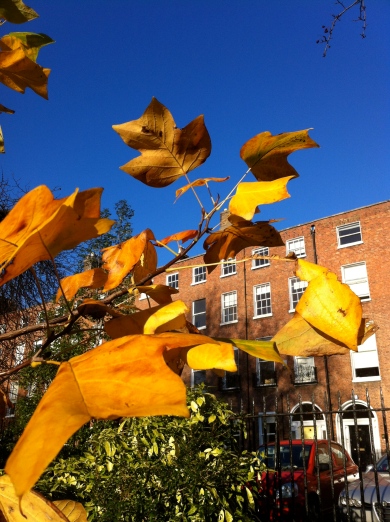
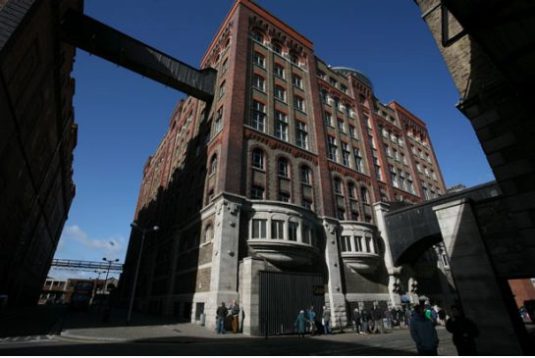
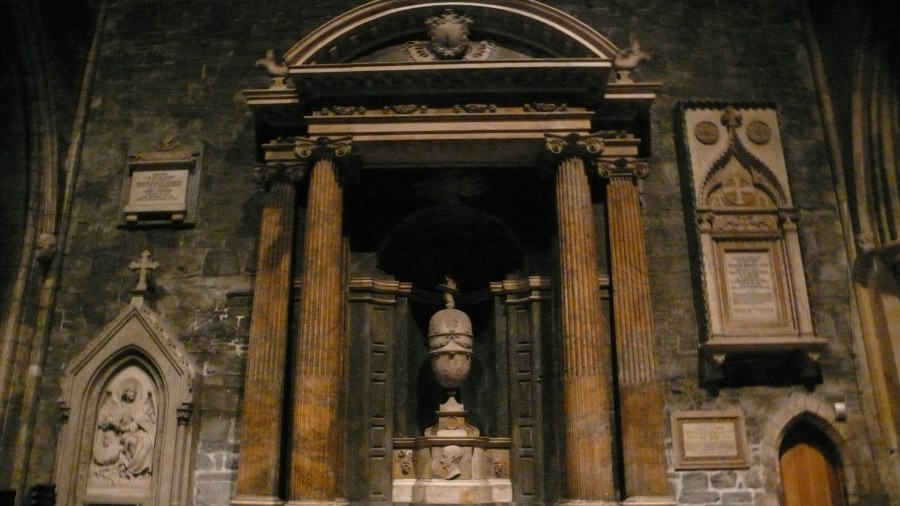

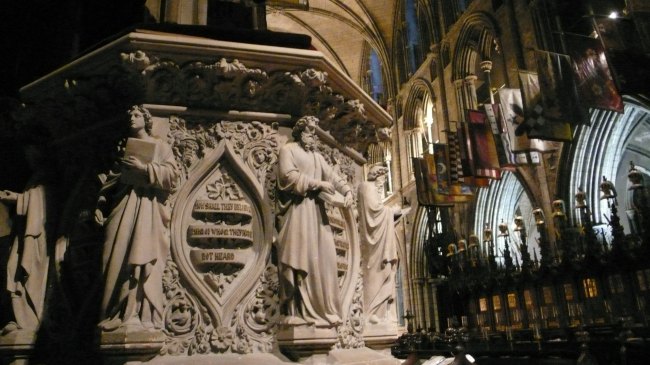

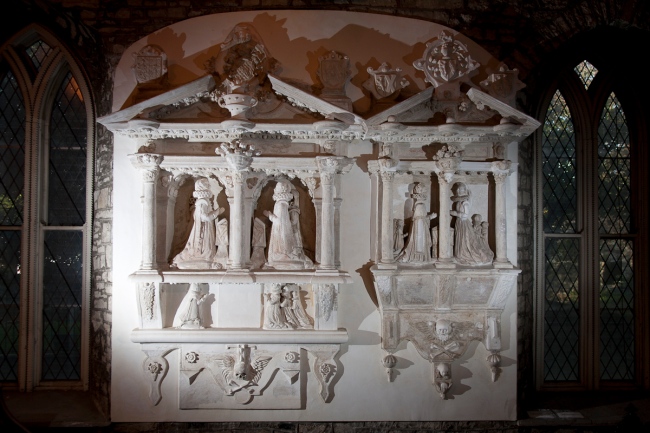

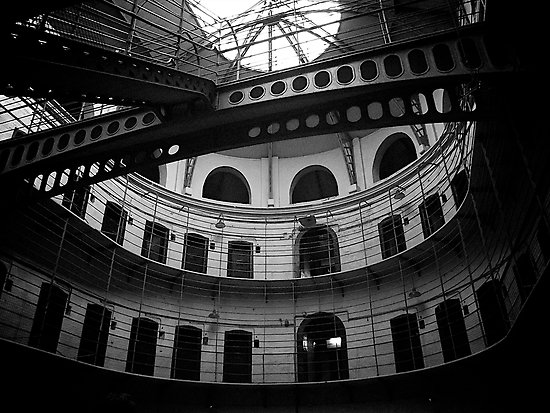
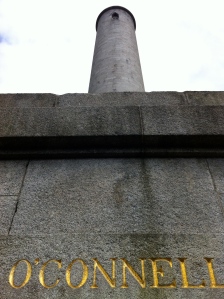
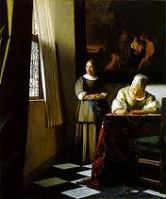
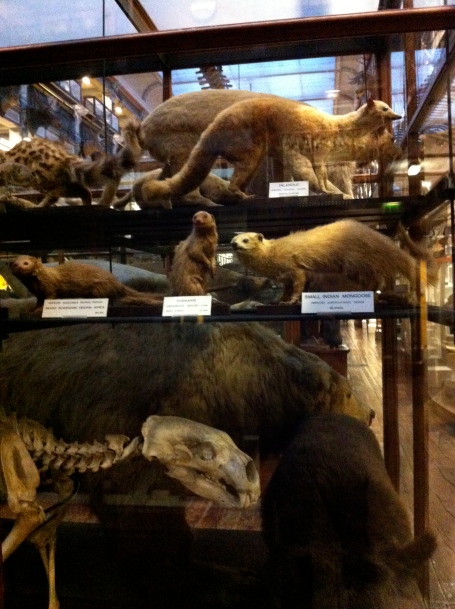
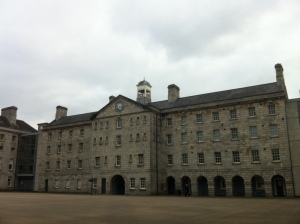

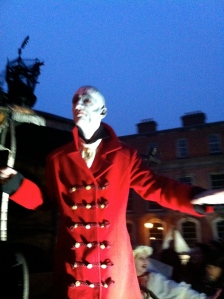
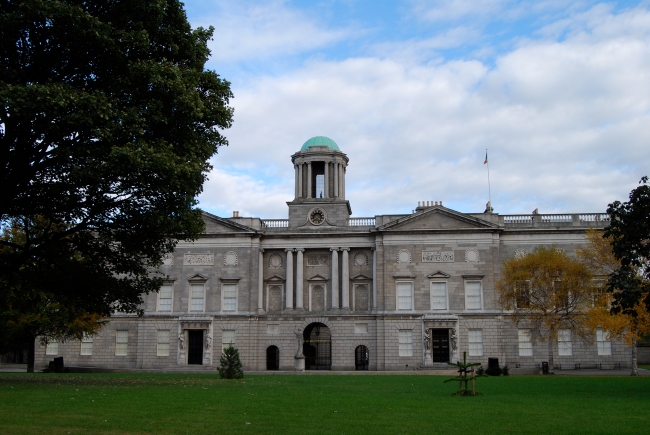


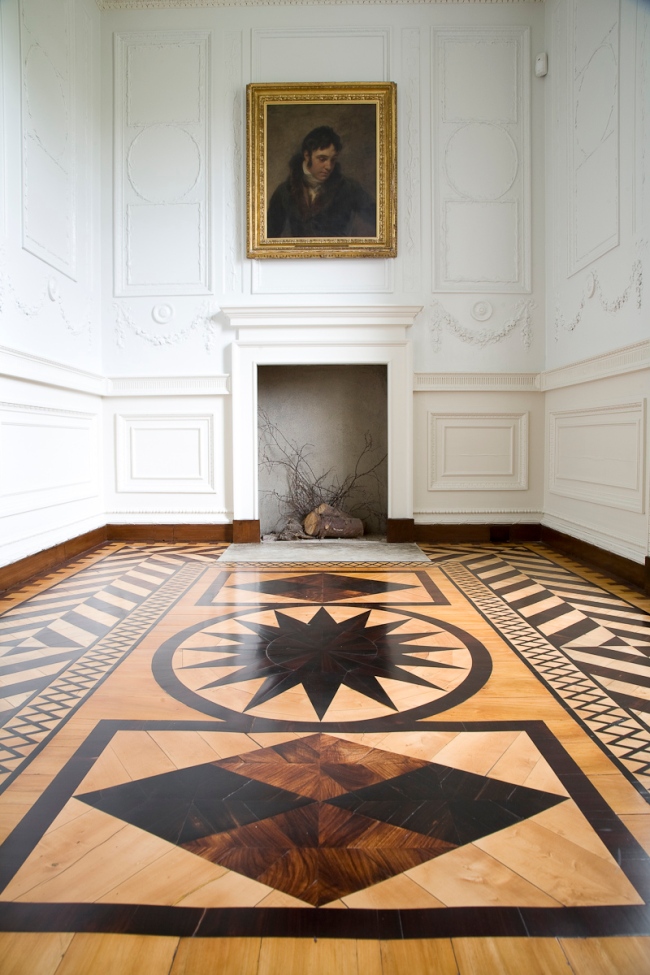
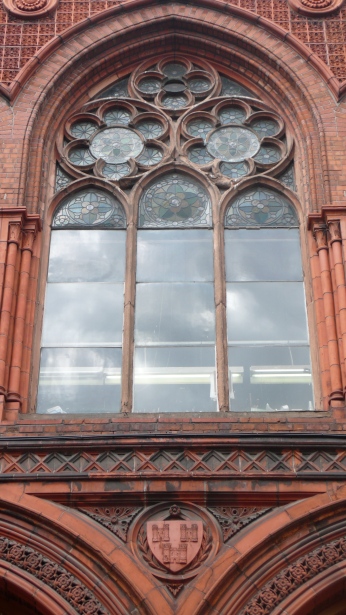
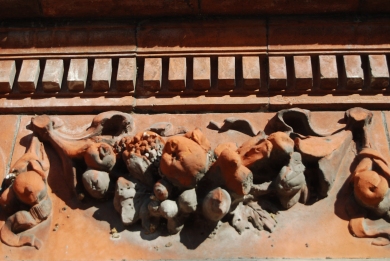
I’m looking forward to reading this post. I’ve set aside three weeks over the Summer. And then I hope to read the rest of it some time in the Autumn. So pleasing various Gods, I’ll drop you a line with my thoughts, oh some time in the New Year. Hopefully… Anthony.
LikeLike
Very amusing, Mr O’Keefe! I do know what you mean, but perhaps bear in mind this is more of a reference piece than a normal blog post. More for our overseas visitors than a knowledgable native like yourself. Just think of it as a sort of digital guide book. Seen in that light it shouldn’t seem too long.
LikeLike
This is better than tripadvisor and the coastal walks look so inviting! 🙂
LikeLike
thanks Sam! I’ll try and give the dreaded TripAdvisor a run for their money. I hear so many stories now about the owners of really bad hotels going onto the TripAdvisor website, posing as happy customers, and then posting glowing reviews for their own, awful hotels ! Hopefully, I’m just a bit more objective than that. 🙂
LikeLike
😉
LikeLike
I’m absolutely delighted with your post and with Dublin of course. I have to come back to see more. Six years ago I visited your beautiful city and could see some of the buildings you mentioned above and tried to discover parts of the region between Howth and Bray by DART. Regrettably there wasn’t much time or – at least – not enough. ^^
The Long Room in the Old Library is fantastic – I’m talking about your photograph! I did not yet see it myself. This is a place I really would like to go next time!
Thanks for your comprehensive and extraordinary information, Arran! It was an enormous pleasure to read your blogpost and to have a look at all these photos!
-Michèle-
LikeLike
hi Michelle, and thank you very much for such a generous response, you’re really very kind.
LikeLike
Excellent post Arran, superb photos. You’ve done visitors to Dublin proud! 🙂
LikeLike
Thank you. 🙂
LikeLike
Love your photos and suggestions. I’m in Dublin right now for an overnight and am wondering what to do tomorrow morning before my afternoon flight. I was here last weekend and have already seen Trinity College (Book of Kells and the Long Room). I also attended Easter Mass at University Church which was the highlight of my visit to Dublin. Think I’ll check out Old Parliament and St Patricks…
LikeLike
Many, many thanks. Delighted you enjoyed it, and found it useful. Appreciate that. Your Easter Mass at the lovely University Church must have been great. I always feel the place is a something of a masterpiece, and not yet properly understood or fully appreciated by most people here. I’ve done quite a lot of research on it over the years, and written one or two articles about it. Plan to post on it here some time in future too. In the meanwhile, its very nice to meet a fellow fan. Super, super building. Many thanks for your vist and perceptive comments. -Arran.
LikeLike
An excellent list: I think you should forward this to the tourist authorities and suggest they circulate it to incoming visitors who aren’t interested in being taken to/in by a succession of commercial ventures. And everyone should be encouraged to walk the streets, since nothing gives one better awareness of a city’s character than moving through it on one’s own pins.
LikeLike
Many thanks Robert. Yes, although there is nothing new in my little list above, it still took some time to put it all together. But I feel it is worth the effort. Like you, I often feel our overseas visitors here are ill-served, and it makes me feel a little queasy sometimes. (even with all the global good-will towards Ireland, people’s patience is not inexhaustible)
As for your other suggestion, (sending my list to the Tourism bodies) alas I am not sure the authorities would welcome my intervention! (You know how territorial and defensive people can get, plus I’ve sometimes been a bit outspoken in the past.)
Entirely agree with you however about the merits of walking, very much the best way to experience any city. When away I rarely, if ever, use public transport, or any mechanized transport come to that. The same applies here in Dublin. Only on our feet do we get the time and the chance to see, to stop, to think and properly observe. We are of a mind on that. The next logical step I suppose (no puns intended) would be widen and improve the pavements and footpaths in and around the city. They are often too narrow and/or sometimes of a poor standard, which can not help our walking crusade. 😦 I shall not be holding my breath however. Many thanks for all your visits, they are warmly appreciated.
LikeLike
Top post Arran. I only wished I’d had the benefit of your knowledge whilst living in Dublin. I regularly (for example) did some banking on College Green without a thought to my surroundings :-(. Glasnevin I chose to wander for hours, which was grand, but a tour would give more context. Kilmainham I’ve ‘done’ about seven times with various friends/relatives and each tour guide is excellent with different tales to tell.
Congratulations on this definitive description of places not to be missed.
LikeLike
Ah Roy, you are much too kind ! I imagine my fellow aficionados might look askance at the term “definitive” But I’m absolutely delighted if you find my little list useful on any of your regular or future visits here. That would be reward enough. Many thanks-Arran.
LikeLike
thank you for sharing your travel photos with us…so beautiful.
LikeLike
Many thanks. and thanks for dropping by, delighted you enjoyed it so far, & I hope you’ll come again. -Arran. PS: What do you think of this new theme?
LikeLike
Thanks for posting informations and pictures of probably the nicest places in Dublin. I really appreciate it and I hope other people because of you will realise that Dublin is a great place to spend weekend, week or whole life 😉
LikeLike
Wonderful post, Arran! I’ve added it to my ‘favourites’ so I can peruse it at leisure. So much to see and experience. My personal favourites from your list are the Long Room/Old Library and the Natural History Museum (reflecting my biases of course as a reader and lover of natural history….). Have you ever done a post on ‘literary Dublin’? I know there is plenty of information out there on this…but would be interested to hear the finer points from a knowledgeable local.
LikeLike
hi Patricia, and many thanks.
I like your two favourites, the Natural History museum is a magical, deeply atmospheric place, albeit with a touch of melancholy.
The Long Room, in Trinity’s old library, is perhaps simply one of the most beautiful rooms in the world.
As you know it’s an 18th century building, but was later heavily re-modeled& reshaped in the mid-19th, by those two geniuses Deane & Woodward. They improved what was already a very fine building, or In the more memorable worlds of one of their contemporaries, (as quoted above) : – “what once had merely been superb, now became sublime.”.
As for your other question, on literary posts, I’ve touched on Beckett and others. But as for writing dedicated posts on literature, no I haven’t, not as yet. Not my precise area of expertise really, although having seen two really good productions of Sam Beckett plays the last 4 weeks, I’m tempted to try a little appraisal soon. Watch this space.
Many thanks again, & best regards- Arran.
LikeLike
Thank you so much for this post! I’m going to return in Ireland on August and I’m sure that your guide will be very helpful. Greetings from Italy and thanks again!
LikeLike
my pleasure Elvira, and I think you’ll find lots of useful information here for August (have you seen Top 10 Sights of Dublin post yet?) You should also take a look at my new site, Dublin Decoded, because I’ve started doing little tours now, of art, history, architecture & design. You’ll find a link to that new site within the “Exciting Times… and a new Start” post.) I love your own blog by the way, it is very nice indeed. I have just started following. Best regards from Dublin, and let me know when you are coming over in August and please consider coming on a tour, I think you’d love it. Regards & Respects. -Arran.
LikeLike
You are very kind, thanks a lot! I haven’t seen the post jet but I will do it as soon is possible. I’ve just found your site and at the first sight I know I will love it! I’ve to take time to translate it :)! This will me my secon time in Dublin with my boyfriend and we are just looking for a guide as yours that can explain us the most interesting stories that we haven’t found in the ordinary guides. I’ll write you the date of our travel and certanly we will come on tour… I know I’ll love it too 🙂
Thank you so much!!! A presto, Elvira 🙂
LikeLike
Some day….
Awesome post, thank you for the insights/summary!
LikeLike
Great photos of a place I’d love to visit one day.
LikeLike
Thank you! Yes, do come and visit us one day. And I am delighted you enjoyed the post. Thanks also for taking the time to comment, that’s always welcome. 🙂 -Arran.
LikeLike